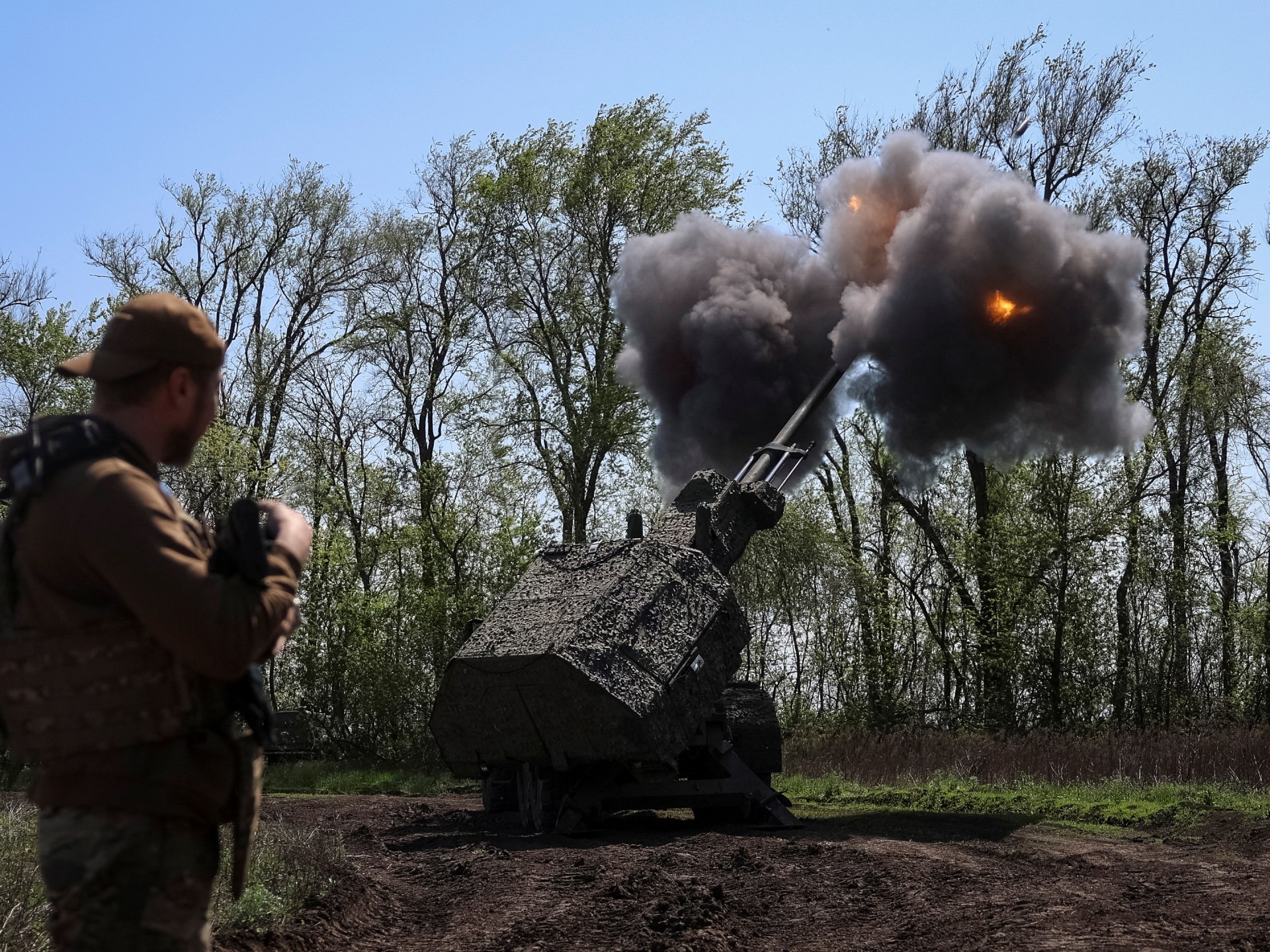According to a report from the Stockholm International Peace Research Institute (SIPRI), Europe led the charge in global defense spending last year.
The real increase in European costs, which surpassed the highest level of defense spending since communism’s end, was 17 percent to $ 693 million, accelerating a 9.4 percent increase to $ 2.7 trillion.
The new trend was primarily driven by Russia’s conflict with Ukraine, according to SIPRI’s report on Monday.
According to Jade Guiberteau Ricard, a researcher with SIPRI, “the rapid spending increases among European NATO members were primarily driven by the ongoing Russian threat and concerns about possible US disengagement within the alliance.”
The cost of that war remained high for the protagonists.
Russia experienced devastating material losses during its conflict with Ukraine, which contributed to its 38 percent annual increase. More than 7% of its economic output was spent on the $149 billion project.
Ukraine, which contributes 34 percent of its economy to the military, spent its total tax income of $64.7 billion on its defense.
However, Europe may bear more of the burden as a result of the apparent US reluctance to continue funding Ukraine’s defense.
That might not seem as burdensome as it sounds. According to the think tank Bruegel, the EU’s economy needed only to spend 0.12% of its gross domestic product (GDP) to replace US military support for Ukraine, according to an estimate made in February.
“We will see further increases,” the statement read.
According to experts, the majority of Europe’s defense spending increase is due to the need to rebuild once-defunct European militaries.
Retired US colonel Seth Krummrich said, “The increase was expected, though it was still somewhat shocking to watch it unfold.” It represented the end of US supremacy on a global scale.
This was the beginning of a new trend, according to Krummrich, who is currently Global Guardian’s vice president.
“I do think there will be even more growth in the years to come. He said that Europe recognizes the necessity to stand on its own and not rely solely on the United States. That doesn’t mean that the US won’t support Europe, but it is no longer felt by Americans as a “garanteed certainty.”
Last month, the EU relaxed deficit regulations, allowing national budgets to allocate an additional 650 billion euros ($740 billion) to defense.
Greece made its first announcement under the new regulations on April 3 that a multiyear rearmament would be implemented.
Germany rose the most over the entire continent (by 28%) as a remarkable 100-billion-euro ($113.5bn) fund announced in 2022 finally took off. However, every EU member state raised its defense budget, a trend that is becoming more and more prevalent in the country as a result of the perception of a Russian threat.
Rearm Europe, a 150 billion euro ($170 billion) fund to boost EU defense products, and a German parliament’s decision to allocate up to 1 trillion euros ($1.14 trillion) to infrastructure and defense all supported what Krummrich predicted.
Militaries can’t survive on their own money.
Experts urged caution because it would take a while for expenditure to become force projection.
According to Lukas Milevski, a lecturer in international studies at Leiden University, “major military capability takes years to develop.” He told Al Jazeera, “It takes time to train people, to buy the stuff, to build the stuff, to deliver the stuff.”
For instance, Germany promised a brigade to Lithuania in 2022. Although it’s constructed in southwest Lithuania, the brigade is not anticipated to be manned, trained, equipped, or operational until 2027.
Milevski also reaffirmed the need to sustain the funds for a long period of time. All the exemptions that came with Rearm Europe have expired, and the year-by-year continuation doesn’t provide the stability that defense policy requires, he said.
What the money is spent on is another issue. For instance, the $997bn US defense budget, which is frequently characterized as being bloated with pork-barrel purchases, is not what a modern military requires.
With various states competing to have their tanks or rocket launch systems adopted as the EU standard and funded to the highest levels, Europe also has a similar problem of redundancy.
Krummrich claimed that the EU now has a “significant opportunity” to “leap forward technologically through military innovation and investment” rather than arguing over which older systems to keep in place. He claimed it was sufficient to observe how “the dirt laboratory of Ukraine has revealed a new evolution in warfare, particularly with regard to drones and unmanned vehicles.”
Others expressed concern for Europe’s “go-it-alone” strategy.
The Centre for Geopolitics at Cambridge University, Hugo Bromley, an economist and geopolitical expert, said, “It’s the capabilities that matter, and how those capabilities are built and controlled.”
According to Bromley, the US and Europe should not be separating, but rather cooperatively serving specific needs in both Europe and the Asia-Pacific.
The very high-end [air] lift and missiles are the scarce assets America needs, especially in an Indo-Pacific focus, he said, because these are the things that nation states want most to keep to themselves.
“So we need to have a sincere discussion about which nations are willing to work together on these issues, and East Asia, Germany, to a lesser extent, France, and Britain, as well as what I consider to be the Commonwealth, such as Australia, Canada,”
This internationalist perspective is currently unpopular on the continent, where renewed European defense resolve is fueled by the idea of strategic autonomy.
Finally, there is concern that the Ukrainian theater, which has a large military presence, will suffer from tragedy if money is not properly spent over enough time to deliver force.
According to Krummrich, “the operational map is still largely unchanging.”
The highly-trained soldiers and ambitious campaign plans are gone. He called it a “meat grinder” and claimed that this is now a conscript war with little front-line movement.
Source: Aljazeera

Leave a Reply